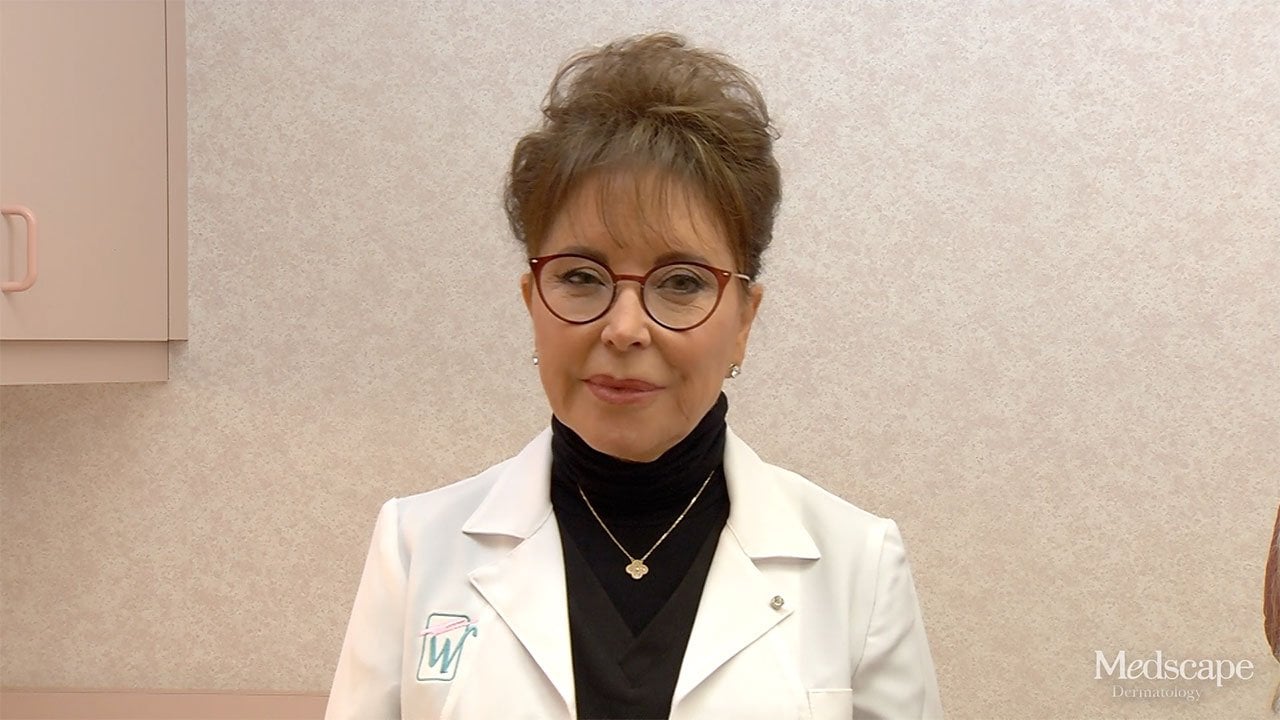Abstract and Introduction
Abstract
Background: Dorsal augmentation is one of the more complication-prone procedures in rhinoplasty, demanding ample skill and experience to produce an aesthetic and functional result. Numerous autologous grafts, allografts, xenografts, and alloplastic materials have been attempted for augmentation with varying success. Each graft material has its own unique properties that require varying surgical intricacies. The relative risks and benefits of these strategies and materials are also variable and must be weighed. Alloplastic implants are commonly used in eastern countries, but, due to different patient populations and complication profiles, have found less acceptance among western surgeons.
Methods: A PubMed search was done using the terms "dorsal augmentation rhinoplasty," "liquid rhinoplasty," and "grafts used for rhinoplasty." Publication dates ranging from 1957–2022 were included. Abstracts were screened for relevance, and references from each article were reviewed to identify further articles. Chapters on dorsal augmentation from two key rhinoplasty textbooks were also reviewed.
Results: A total of 81 articles and 2 textbooks were formally screened; of these, 70 resources were included. Findings were grouped under the headings "facial analysis," "ethnic factors in graft selection," "graft characteristics," "septal cartilage," "auricular cartilage," "costal cartilage," "diced cartilage grafts," "bone grafts," "soft tissue grafts," "nonsurgical/liquid rhinoplasty," and "alloplastic implants."
Conclusions: Current dorsal augmentation literature focuses on retrospective studies and expert experiences. There are limited quantitative and prospective studies present to delineate an ideal graft. With consistently advancing technology and knowledge of facial aesthetics, a surgeon must maintain a thorough understanding of the current graft and implant options to offer a specialized treatment plan for each deformity and patient.
Introduction
Dorsal augmentation of the nose has been a key component of rhinoplasty procedures since it was first attempted in the late nineteenth century when sterile paraffin was first used to augment a saddle nose deformity.[1] It was soon realized that dorsal augmentation is a difficult maneuver, requiring technical precision and selection of ideal graft materials. Early materials utilized for nasal augmentation included bird bone, pork cartilage, and cow leather.[1] It wasn't until Konig first used autogenous cartilage to reconstruct nasal deformities[2] that modern surgical techniques emerged. Over the past century, a plethora of augmentation strategies and graft materials have emerged, but to this day, dorsal augmentation has remained a challenging area in rhinoplasty.[3] Over recent decades, dorsal augmentation graft techniques have been used with increasing frequency as biases favoring reductive rhinoplasty have waned and the tendency for augmentation has grown, particularly in select ethnic rhinoplasties.[4] Dorsal augmentation was first attempted in reconstructive cases,[5] correcting intrinsic congenital deformities and those acquired due to infection or trauma.[6]
As time has passed, emphasis has shifted to augmentation for more aesthetic purposes.[5,6] Concurrently, the need for secondary revision rhinoplasties has also risen to correct previous failed attempts due to graft failure or resorption, thus further pushing innovators to identify the ideal graft materials associated with diminished associated morbidity and improved handling characteristics.[7,8] Dorsal grafting procedures can now be categorized as aesthetic versus reconstructive camouflage versus augmentation, or autogenous versus alloplastic, although the lines between these materials are often blurred.[5]
The goal of any dorsal augmentation rhinoplasty is to create a soft, smooth nasal bridge with pleasing dorsal aesthetic lines.[8] The rate of complications must remain low for any technique to maintain a high level of patient satisfaction.[4] This requires advanced skill, mastery of multiple techniques, a thorough analysis of the anatomy and goals of each individual patient, and vast knowledge of the different options in grafts and implants.[3,8,9] Most experts in the field will agree that an ideal graft does not exist.[3,4,10,11] This review will examine the various graft materials and implants employed for dorsal nasal augmentation and discuss the advantages and disadvantages of each variety, as well as technical nuances for employing them in practice.
ePlasty. 2023;23(e4) © 2023 HMP Communications, LLC












